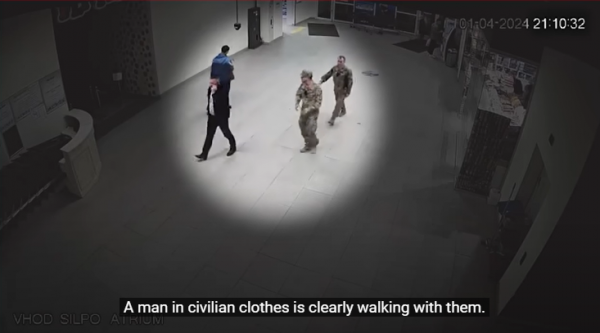Large data sets, language barriers, and a ticking clock have historically created challenges for journalists conducting large-scale, highly sensitive investigations. During a recent session at the 2023 IPI World Congress and Media Innovation Festival, three journalism innovators shared how they have harnessed the power of AI to tell stories and remodel the newsroom.
While AI only came onto the public’s radar recently, the technology has been around for years, explained Wolfgang Krach, moderator of the panel and editor-in-chief of Germany’s Süddeutsche Zeitung, the outlet that received the Panama Papers leak.
“AI entered my life as a journalist in 2015,” Krach said, describing how his investigative team used AI to sift through the 2.6 terabytes of data given to his outlet by the Panama Papers whistleblower, the biggest leak journalists had ever seen at that time.
Since the Panama Papers investigation was published in April 2016, newsrooms and investigative outlets have refined how AI can be used to deal with large datasets and complex projects. IPI World Congress panelists showed how customized algorithms can employ machine learning to structure and organize data, cut through the noise, and pull out relevant information.
In one example, Pierre Romera, chief technology officer at the International Consortium of Investigative Journalists (ICIJ), demonstrated how he used AI algorithms to classify 5.4 million handwritten documents – known as the “Implant Files” – about harm caused by medical devices. As Romera put it, AI can help newsrooms detect patterns and “find stories in the documents”. Using a similar tactic, Florencia Coelho of La Nación in Argentina explained how her team used AI algorithms to expose errors and missing information on Argentine election documents.
One of the main barriers to integrating these kinds of technologies into smaller newsrooms is the cost of buying or developing AI tools, an audience member pointed out. Coelho noted that one of the ways around that barrier is through partnerships. “Collaboration doesn’t cost anything,” she said, citing La Nación’s past partnerings with transparency NGOs and universities on big projects.
Daniel Howden, founder of Lighthouse Reports, an award-winning investigative nonprofit, shed light on how AI tools can help power cross-border journalism partnerships, reducing or eliminating hurdles like language differences. “We are basically an interdisciplinary investigations team,” he said. Howden explained how his team, while investigating Croatian officials for violent assaults on asylum seekers, used AI image analysis to transcribe screenshots in an unfamiliar language, “turning one or two days of labor into an hour’s work,” for his multinational, multilingual team.
Perhaps AI’s greatest strength for journalism is its ability to build bridges across nationalities and skill sets. Panelists agreed that AI can enhance the speed of investigations and complement the capabilities of diverse teams made up of data scientists, investigative reporters, open-source investigators, and more. As Howden summed it up: “a series of very quick, simple [AI tricks] which removed a lot of labor from the process meant that a team with mixed skills could move quickly.”



